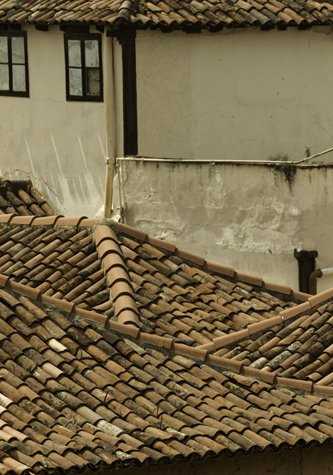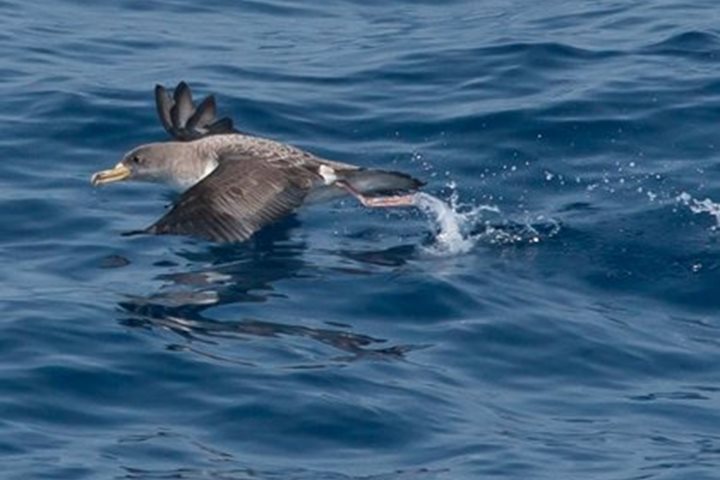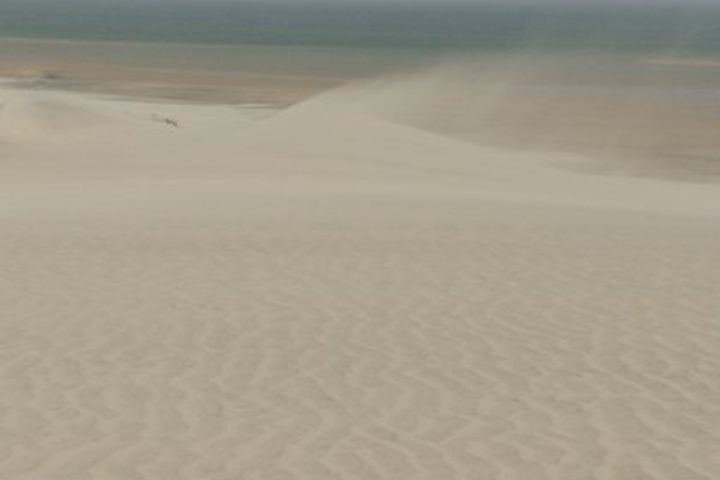With the sun rising in a shroud of Saharan dust to starboard, early morning saw us cruising northwards, bound for the Canary Islands. Although geographically relatively close to the African continent, these islands belong to Spain and are thus part of the European Union. The Spanish connection dates from the early fifteenth century, the islands being among the first flush of new settlements of the Age of Discovery, subsequently an important point of departure for the transatlantic expeditions of Christopher Columbus.
When the first Spanish colonists arrived, the islands were inhabited by a people known as the Guanche who seem to have been of Berber origin, having arrived via a relatively short sea voyage from the land now called Morocco. The Guanche were enslaved and put to work farming sugar on terraces still in use on the steep slopes of these volcanic islands, a system of agriculture that was developed in the New World as a plantation system using African slave labor. The archipelago takes its name from a mastiff dog indigenous to the island that Columbus found useful in hunting down the Arawak peoples of the Caribbean. The colonial exploitation of the Americas began here.
A variety of afternoon options were offered; one visiting the fertile Oratava Valley with its extensive banana plantations and profusion of wildflowers with a further stop at the Botanical Gardens, established in 1788, which provided an opportunity to view same prize specimens, including a giant ficus macrophylia. This excursion also provided a chance to stroll through the charming village of La Oratavia with its cobblestone streets and distinctive architecture.
Both in the Botanical Gardens and on the walking tour of the old town, dragon trees were in evidence. We had stopped at the Mirador Humbolt for an overview of Santa Cruz, the viewpoint named after the celebrated German naturalist whose descriptions of dragon trees and other exotic vegetation had so impressed the young Darwin that he yearned to visit the islands. His Cambridge professor, Henslow, promised him a trip to the Canaries but was not able to deliver on the promise. To compensate, he arranged for Darwin to travel on board HMSS Beagle on a circumnavigation of the world as a gentleman companion to the captain and as the ship’s naturalist. The first stop was to be the Canary Islands but when the ship arrived it was held in quarantine because of a cholera outbreak in Britain. A five year voyage with forays into the tropical world of South America were to prove more than adequate compensation for the disappointment, however, and the rest, as they say, is history.








